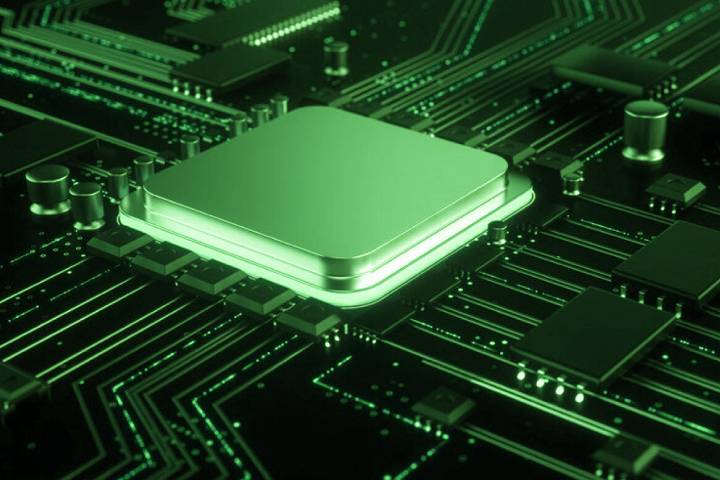Arm Presents ARMv9, The Architecture Of The Future

The Arm is waiting for the knots to unravel in regards to Nvidia’s acquisition in a $ 40 billion deal and, in the meantime, unveiled at Vision Day his new architecture, ARMv9, which the company says, will be used in more than 300 billion chips over the next ten years. It is, therefore, the beginning of a new era ( and we can not help but think, in parallel, of the internal revolution of its catalogue that Apple is setting up from the M1 ). As for timing, the first MediaTek ARMv9 SoC-based smartphone will hit the market by the end of 2021.
While the current generation, ARMv8, marked the transition to 64-bit ( AArch64 ), expanding the market to the mobile world and virtually every other industry, ARMv9 is another step forward, even if it may not mark not the exact abrupt departure as almost ten years ago. This is nevertheless a significant development based on three primary directives: security, artificial intelligence, and increased performance.
ARMv9: Security
In terms of security, the change has a name (and an acronym): Confidential IT Architecture (CAA). This novelty changes the existing model by introducing a whole new concept based on “domains”, thanks to which applications will no longer have to inherently have the operating system and hypervisor on which they are running. Higher levels of software with more elevated privileges can see lower levels running – a situation can be problematic when the operating system or hypervisor is compromised first.
The new “dynamic realms” system can create isolated execution environments, opaque to the operating system and the hypervisor. The hypervisor will now be replaced by a new entity, the “realm manager”. Second, ARMv9 also implements Memory Tagging Extensions (MTEs), designed to make it easier to identify two of the most common security issues – namely post-release and buffer overflow usage – and the marking pointers when they are allocated by controlling them during their use.
Artificial intelligence
Arm developed the second generation of Scalable Vector Extensions (SVE2) to enhance machine learning (ML) and digital signal processing (DSP) capabilities. With increased matrix multiplication capabilities, more ML loads can be brought to the CPU cores.
Performance
When it comes to performance, the short-term goal for mobile processors – we’re talking about the already known Matterhorn and Makalu – guarantees a 30% leap forward by 2022. On the other hand, there are the Neoverse V1 and Neoverse N2 projects for the HPC and server industry.
The smartphone industry has experienced 2.5x performance growth from 2016 to the present, so expectations for next year cannot be overstated. However, Arm believes that it is possible to achieve a better than expected result based on recent feedback. You have to work on the platform by optimizing the cache, memory paths, frequency, etc.
As for Mali GPUs, support technologies such as Variable Rate Shading (VRS) and Ray Tracing, which is currently only available on next-gen PCs and consoles but will be available on next-gen PCs and consoles. Smartphones shortly – are in preparation.
Also Read: What Applications Does Artificial Intelligence Have
